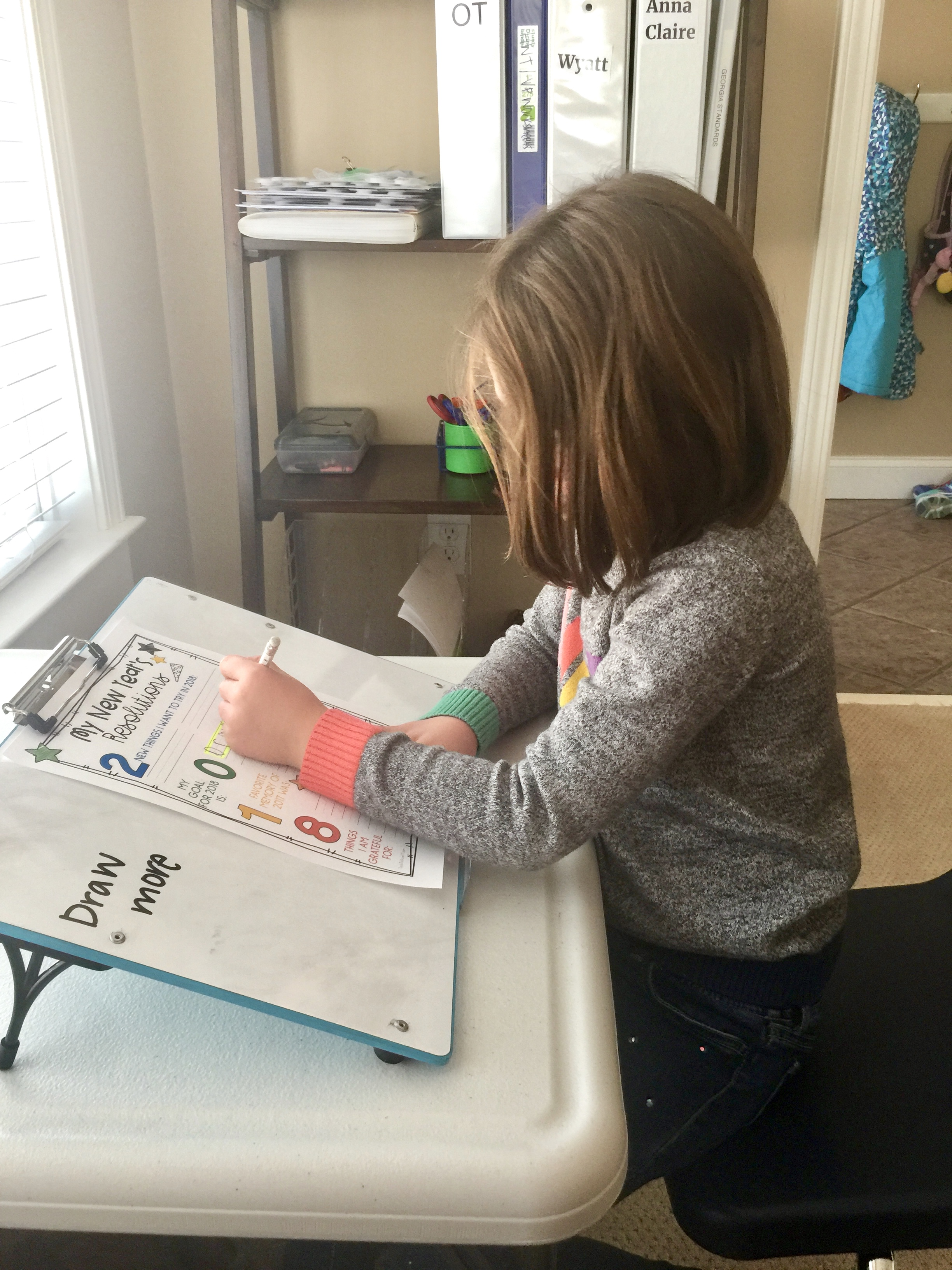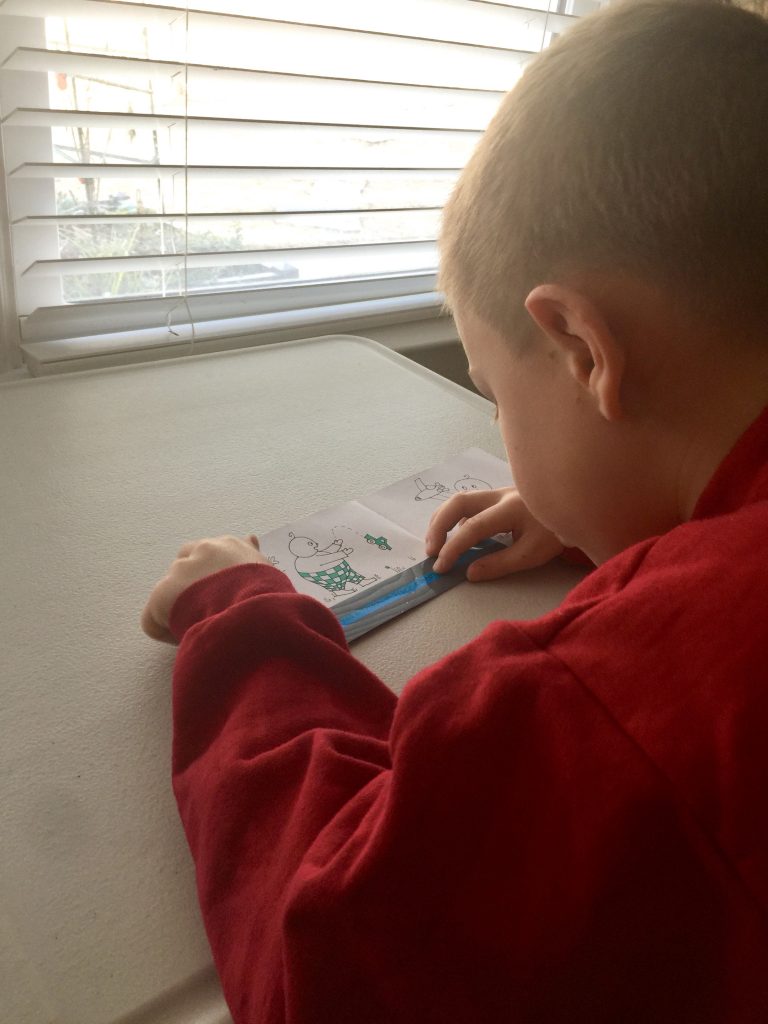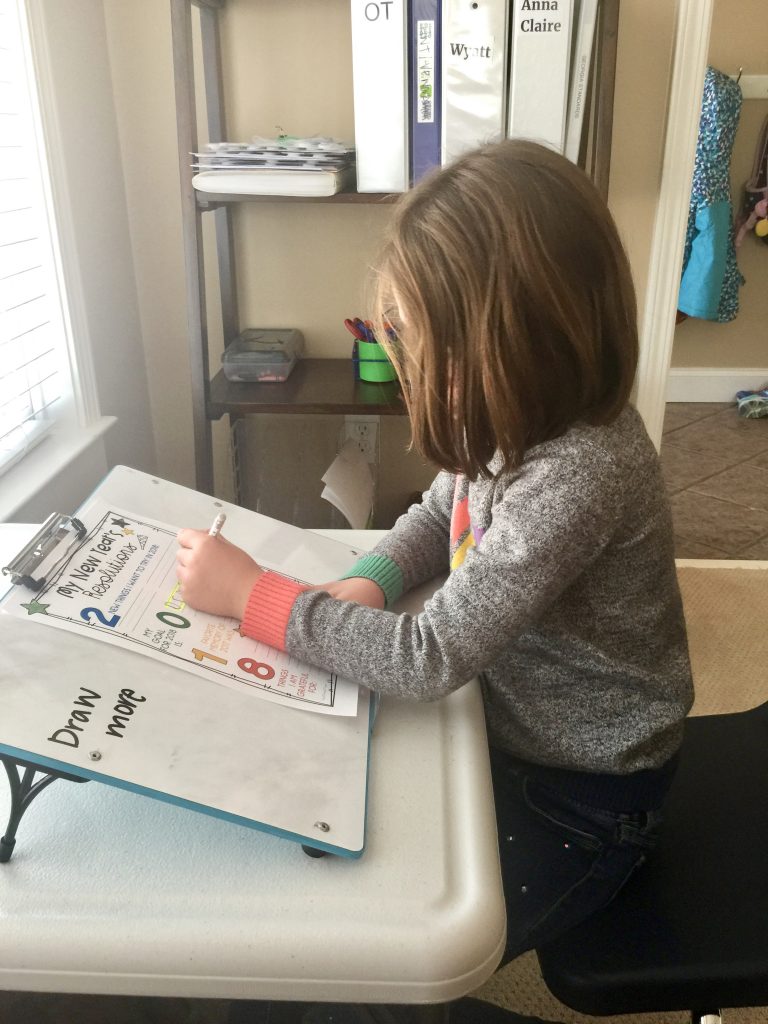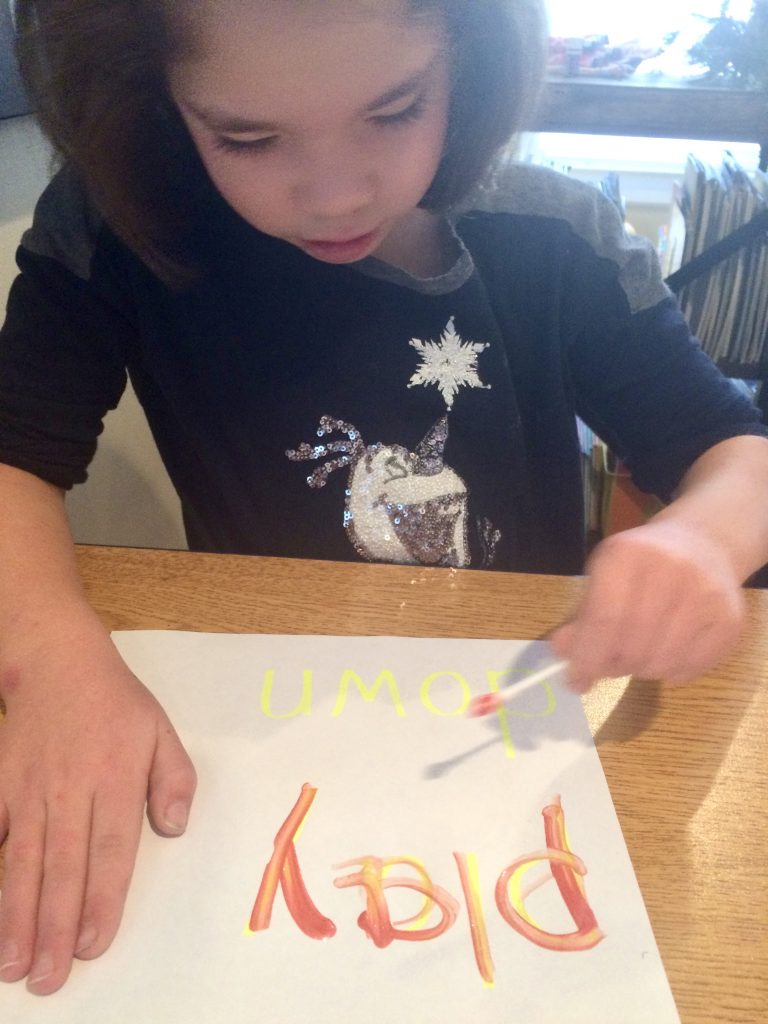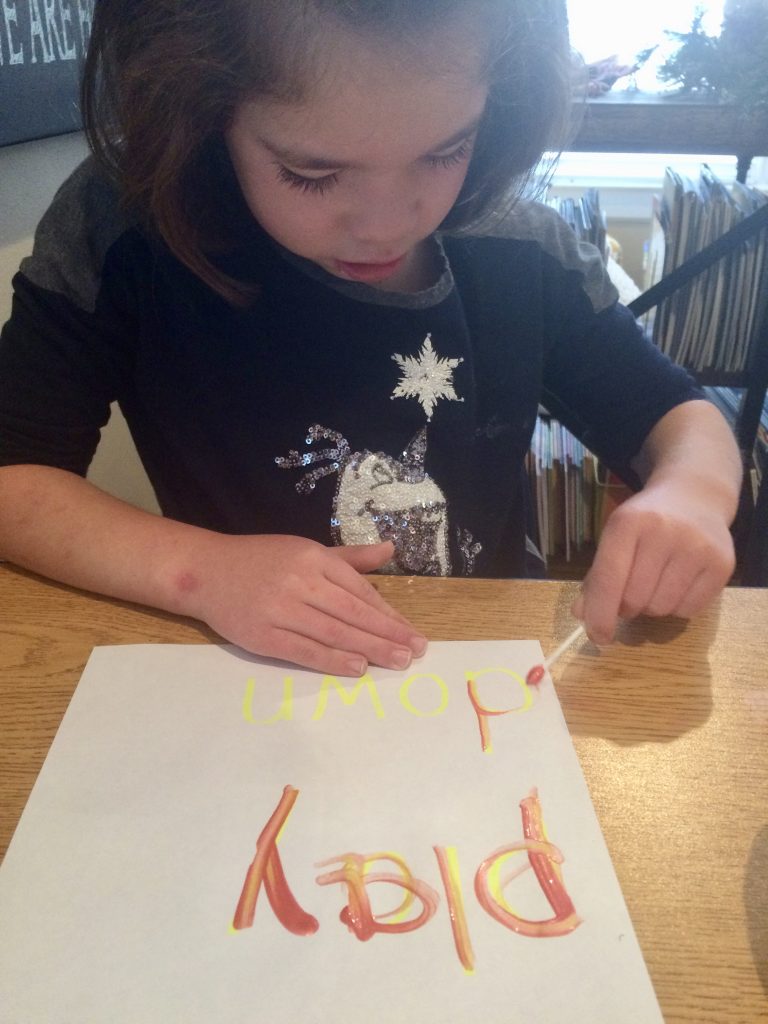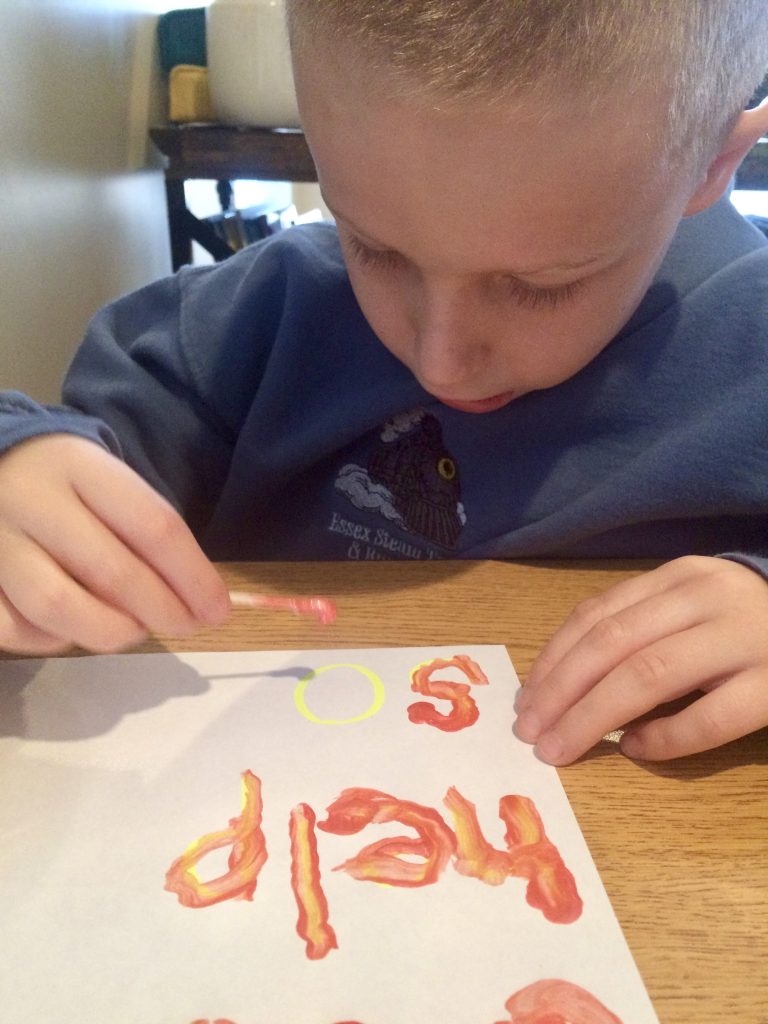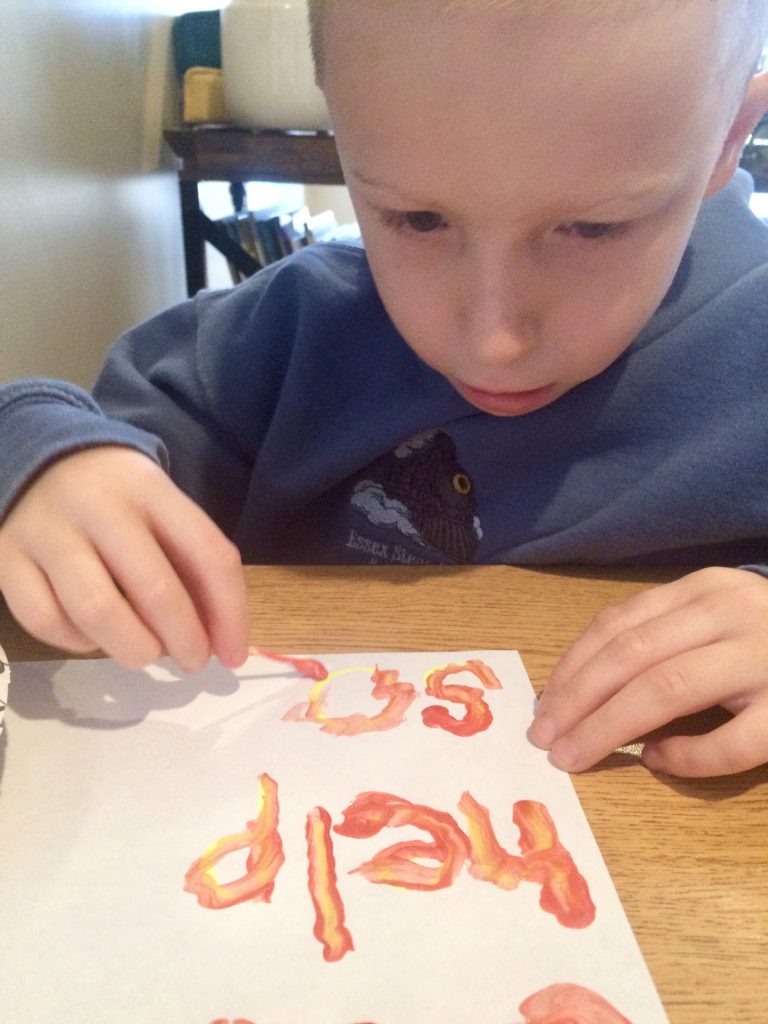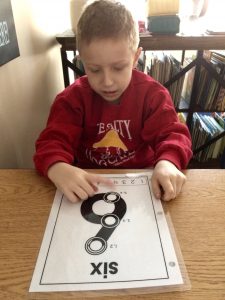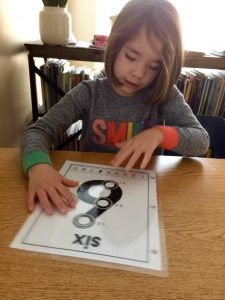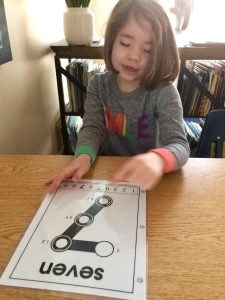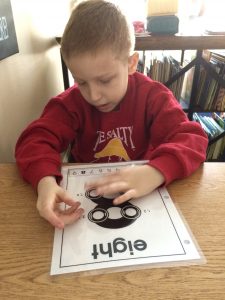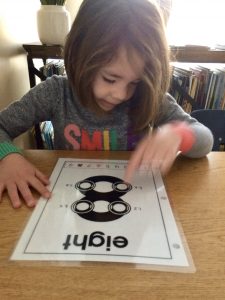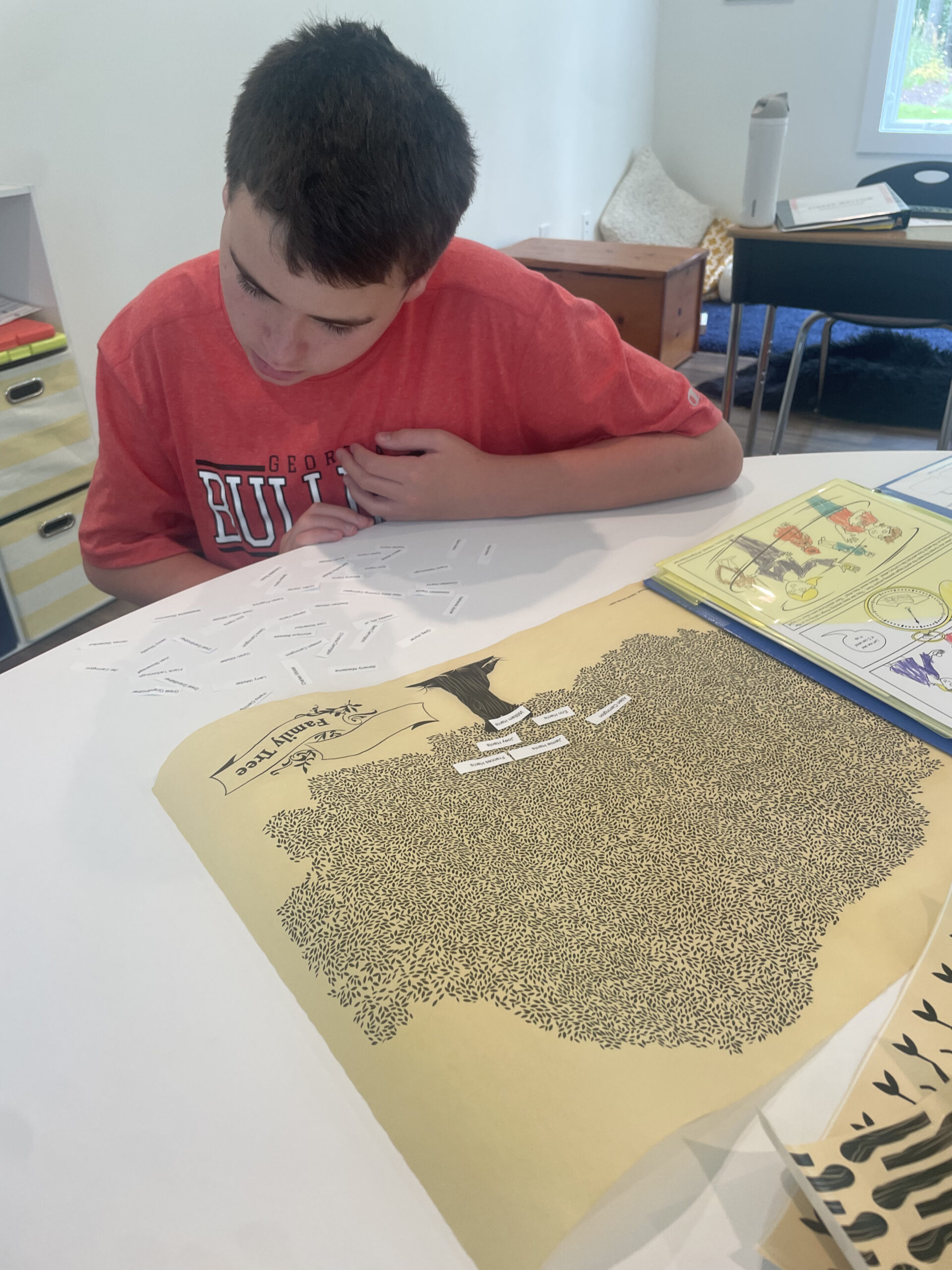I wanted to take some time to talk about visual perception, as it is such a necessary skill for academic success and daily activities (grooming, dressing). Visual perception is how the eyes interpret information from the environment and process the incoming information. There are many components of visual perception that visual discrimination (the ability to discriminate between two similar forms), form constancy (the ability to recognize the same form when it appears in a different way), figure ground (the ability to find a form amongst a background), visual close (the ability to identify a form that is not completely visible), spatial relations (the ability to determine correct direction of forms, and visual memory (able to remember details of a form/s). Visual perception is a complex and intricate process!
Visual perceptual skills are important for classroom activities, such as reading and handwriting. At CPS, OT interventions address these various skills through games, activities, and worksheets each week. Collaboration of OT and education is important to adapt lessons and provide strategies to help students become more successful. These adaptations include visual cues and specialized paper for more organized written work, copying from a near-point model, and decreasing visual stimuli on worksheets (i.e., providing worksheets with one-two problems per page, copying one sentence per page).
Adaptive tools such as a slant board and a reading tracker are used to improve these skills for more successful participation in academic tasks. I love the slant board for so many reasons! In terms of visual perception, it brings the work closer to eye level. The reading tracker helps the student track and scan sentences in a more organized manner.
With only 3 days of school this week, we reviewed lessons that were taught the week before our Christmas break! It is always nice to review previously learned lessons to make sure the students retained the information over the break before introducing new material. AC and W worked on their spelling words by painting using a Q-tip. I wrote their spelling words in highlighter and had them trace over each letter with the Q-tip dipped in paint. Once they completed tracing the words with paint, I had them paint the words again without the highlighted word.
I highly recommend TouchMath for all types of learners and abilities. I introduced TouchMath to AC and W in December as another strategy to teach addition. The students are using a multi-sensory approach (sight, hearing, sound and touch) while learning and understanding the Touch Points. The TouchPoints help our students understand that each number represents a quantity. Each number, 1 through 9, is used as a manipulative because the TouchPoints give a visual cue on ‘how many’ the number represents.
W and AC have been working on memorizing where the TouchPoints are on each number and are adding two single digit numbers together to find the sum. The addition worksheets we have been working on provide the TouchPoints for W and AC to use while adding the two numbers together. The first thing we do everyday as we begin our math lesson is review the TouchPoints on numbers 1 through 9 and then we do different activities to practice addition.

